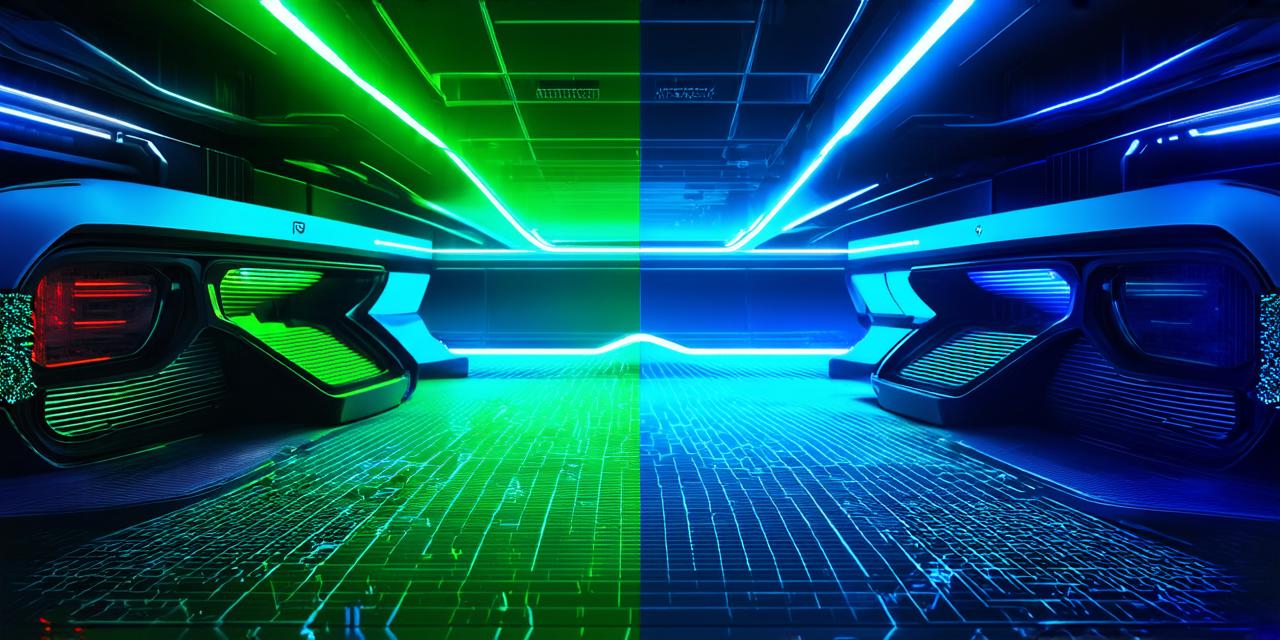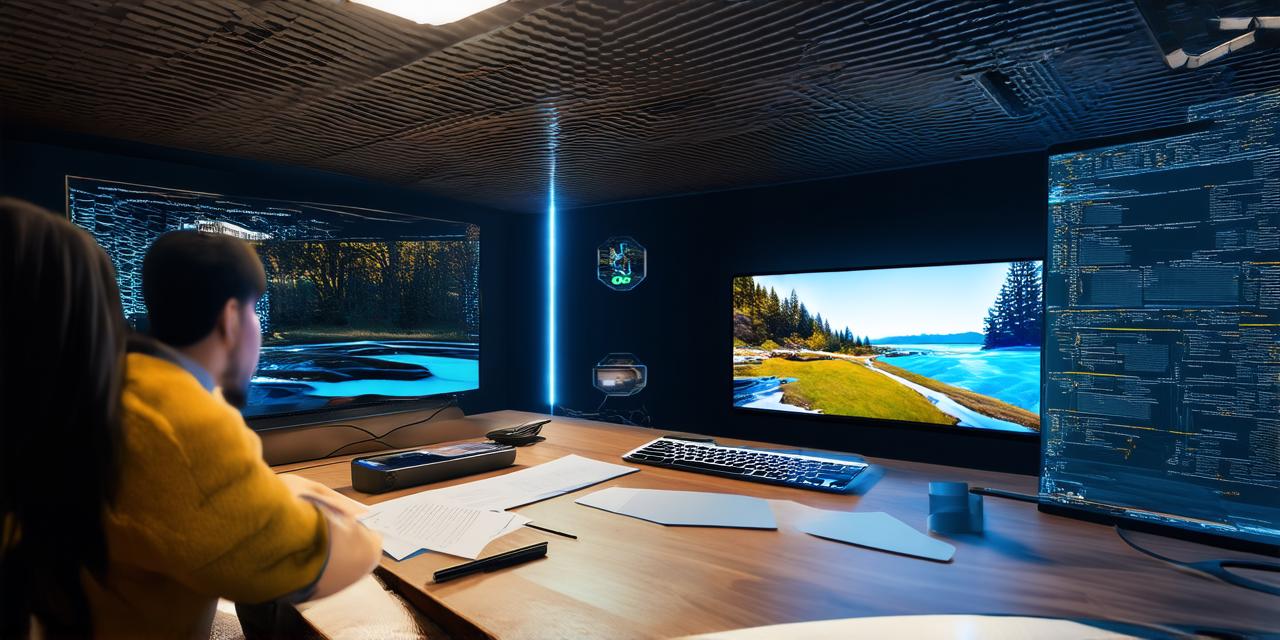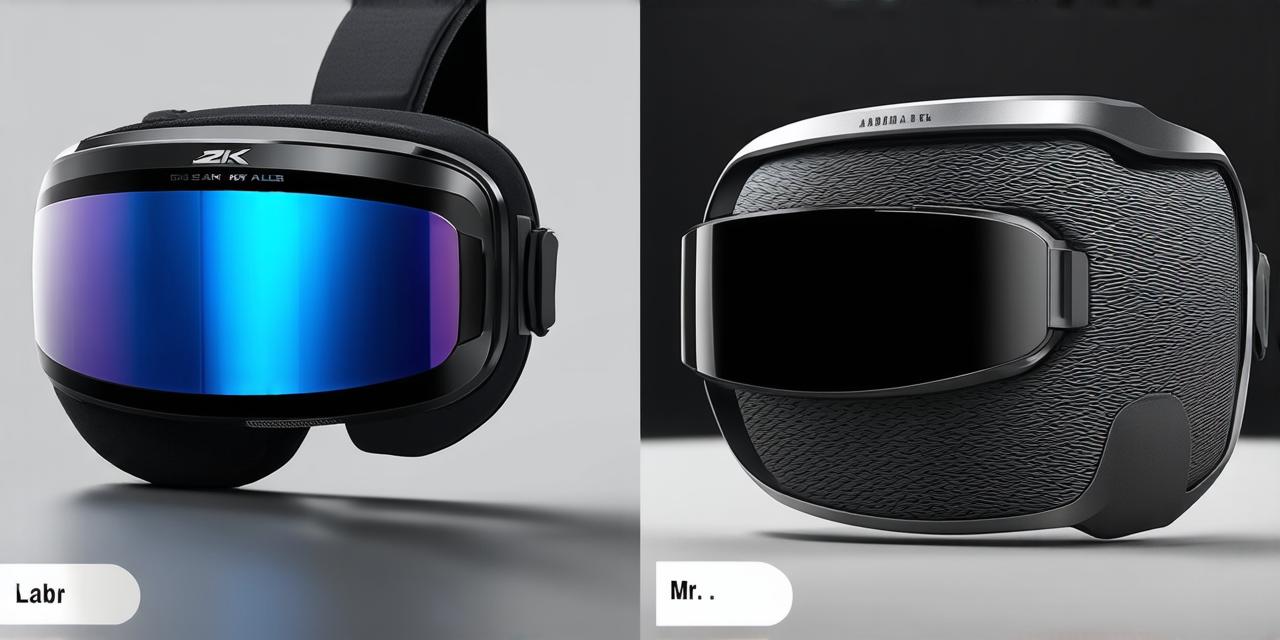What is Mixed Reality Simulation?
Mixed reality simulation is a technology that allows us to interact with virtual objects in real-world environments. It combines the best of both worlds, allowing us to experience virtual reality in the real world and vice versa. In simple terms, mixed reality simulation is a combination of computer-generated graphics and real-world environment, where virtual objects are integrated seamlessly into the real world.
Applications of Mixed Reality Simulation:
Mixed reality simulation has numerous applications in various fields such as education, healthcare, manufacturing, entertainment, and more. Here are some examples:
- Education: Mixed reality simulation can be used to create immersive learning experiences for students. For example, students can learn about history by exploring ancient ruins in virtual reality or about science by visualizing complex concepts.
- Healthcare: Mixed reality simulation can be used for medical training, where doctors and nurses can practice surgeries and other procedures in a safe and controlled environment. It can also be used for patient education and rehabilitation.
- Manufacturing: Mixed reality simulation can be used to design and test products before they are manufactured. It can help reduce the time and cost associated with physical prototyping.
- Entertainment: Mixed reality simulation is widely used in gaming and entertainment, where users can interact with virtual objects in real-world environments.
Benefits of Mixed Reality Simulation:
Mixed reality simulation has several benefits such as:
- Enhanced learning experiences: Mixed reality simulation can provide a more engaging and immersive learning experience for students. It can help them understand complex concepts better and remember them longer.
- Reduced risk: Mixed reality simulation can be used in medical training and other high-risk fields to reduce the risk of injury or damage.
- Increased productivity: Mixed reality simulation can help businesses save time and money by allowing them to test products before they are manufactured. It can also help businesses optimize their workflows.
- Improved communication: Mixed reality simulation can be used to create shared experiences between people who are geographically dispersed. For example, architects and clients can collaborate on a project in real-time using virtual objects.
Drawbacks of Mixed Reality Simulation:
Mixed reality simulation also has some drawbacks such as:
- High cost: Mixed reality simulation technology is still relatively expensive. It requires specialized hardware and software, which can be a barrier for small businesses or individuals.
- Limited accessibility: Mixed reality simulation experiences are not yet widely available. They require specialized equipment and training, which limits their accessibility to the general public.
- Technical issues: As with any technology, mixed reality simulation experiences can have technical issues such as bugs, glitches, and compatibility problems.
- Privacy concerns: Mixed reality simulation experiences often require users to share personal information, which raises privacy concerns.
Summary:
Mixed reality simulation is a promising technology that has the potential to revolutionize many industries. While it has its benefits and drawbacks, the future of mixed reality simulation looks bright as more and more businesses embrace this innovative technology.



